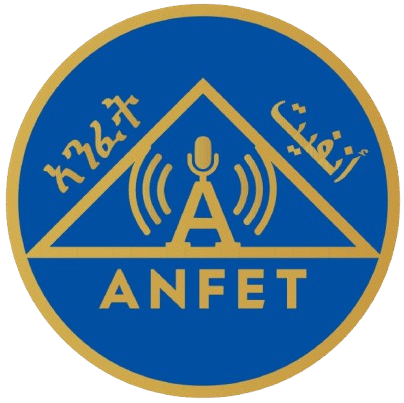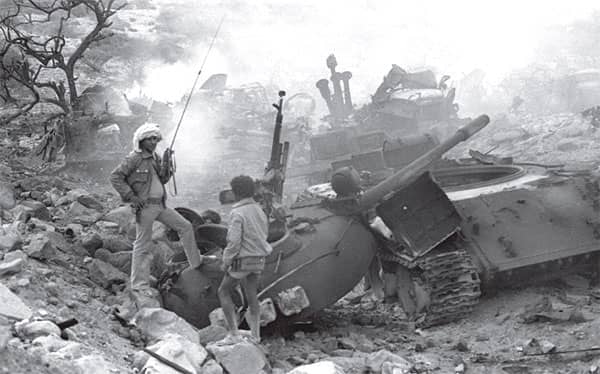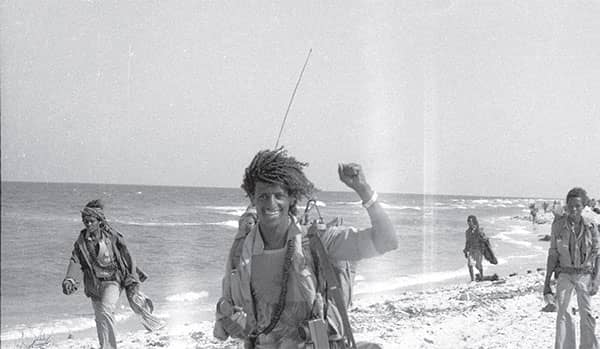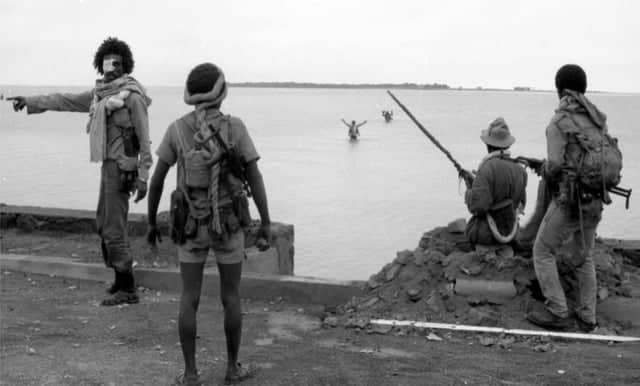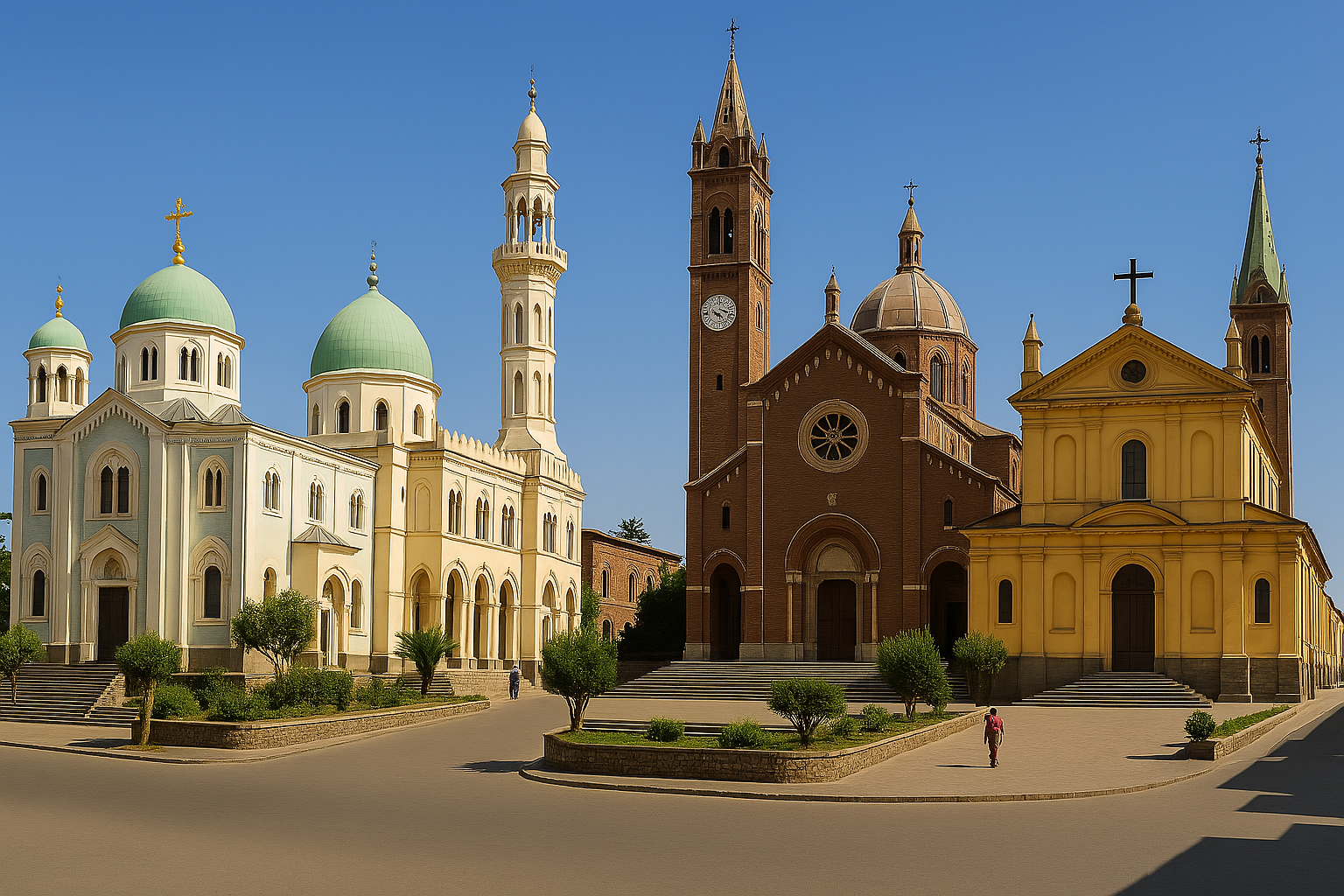
ANFET EDITORIAL-AUG. 2ND 2025
We begin with a disclaimer: this document is intended to raise awareness of looming dangers in Eritrea in a timely manner, not to catalogue a database of every atrocity committed by the regime. Instead, it samples pivotal events drawn from a comprehensive historical record to illustrate how tactics of division have been—and continue to be—deployed.
As our nation teeters on the edge of potential upheaval, every Eritrean must learn from the lessons of recent regional conflicts. History shows how a handful of malicious actors—whether embedded in the regime or hiding within the opposition—can ignite civil war and even genocide. Vigilance, unity, and strategic planning are essential to safeguarding our collective future.
Let this serve as a clear warning to certain elements within the opposition camp: exploiting these events for narrow political expediency only deepens the wounds in our social fabric. There will be no winner in a sectarian game designed to fracture our people today in pursuit of tomorrow’s power.
Lessons from Regional Upheavals: Iraq, Syria, Libya
- In 2003, the fall of Iraq’s regime unleashed insurgency and sectarian violence, resulting in approximately 200,000 civilian deaths and massive displacement.
- Syria’s brutal civil war has claimed over 500,000 lives and produced 6.8 million refugees—an outcome of fractured opposition and external meddling.
- Libya’s 2011 collapse led to roughly 30,000 casualties and persistent factional fighting, demonstrating how power vacuums can entrench chaos.
These examples show that regime collapse, if unmanaged, rarely leads to immediate freedom. Instead, it often invites foreign interference and internecine strife.
Genocide and Mass Atrocities: Rwanda and Tigray
- In 1994, Rwanda’s genocide exterminated about 800,000 Tutsi and moderate Hutu in just 100 days—fueled by hate speech and local divisions.
- The Tigray conflict (2020–2022) claimed an estimated 600,000 lives and displaced an estimated two million civilians, a stark reminder of how ethnic targeting and propaganda devastate societies.
When societies fracture along ethnic or regional lines, the death toll and human suffering escalate at an unfathomable pace.
Regime Tactics in Eritrea: Social Media and Division
- Digital propaganda networks, often run by regime operatives or their accomplices in the diaspora, seed discord on Facebook, Telegram, and Twitter.
- These actors hunt for “cracks” in opposition unity—amplifying every disagreement, no matter how minor, to portray the movement as hopelessly fragmented.
- Unfiltered insults, sectarian slurs, and personal attacks now dominate Eritrean social media, while only a handful of civic organizations attempt to calm the storm.
This manufactured conflict weakens our collective voice and distracts us from the real work of planning a peaceful transition.
Religious Institutions Under Siege
Orthodox Church
- The regime deposed and placed under house arrest the legitimate patriarch H.G. Abuna Antonios in January 2006, effectively silencing any reform agenda.
- H.G. Abuna Makarios—now recognized by elements of the wider Eastern Orthodox communion as the rightful Patriarch of Eritrea—has lived in exile since his deposition. He possessed both canonical authority and the vision to modernize liturgy, governance, and pastoral outreach.
- In November 2004, Rev. Dr. Futsum Gebrenegus—Eritrea’s only psychiatrist who also serves as an Orthodox priest—was arrested alongside fellow renewal-movement clergy. He remains detained in a maximum-security facility, held solely for his medical and pastoral work.
Catholic and Protestant Churches
- In October 2022, Eritrean authorities arrested Bishop Fikremariam Hagos Tsalim, Father Mehereteab Stefanos, and Abbot Abraham for no known reasons
- European bishops and Vatican officials have issued repeated appeals for the release of Catholic and Protestant clergy, most recently in May 2025.
- Locally, mainline Protestant pastors face arbitrary closures of worship sites, travel bans, and harassment whenever they speak out on human rights.
Islamic Institutions
- Since 1991, numerous mosques and madrasas have been shuttered under vague “national security” decrees. Imams and Quran teachers routinely vanish into detention.
- In 2017, Haj Musa—a respected leader of the Mu’ahad in Akria who died in detention a year later—was arbitrarily arrested and remains imprisoned, a stark reminder that no faith community is immune.
Call to Action: Faith Leaders’ United Front
- Stand as One
Religious leaders of all denominations must issue a joint declaration condemning divisions sown by the regime. - Calm and Guide
Imams, priests, pastors, and bishops should use Friday sermons, liturgies, and community forums to de-escalate anger and channel it toward cohesive, nonviolent resistance. - Refocus the Enemy
Redirect communal outrage away from fellow Eritreans and toward the regime’s tactics of repression, exile, and division. - Solidarity Services
Organize simultaneous interfaith vigils and prayer services—online and in diaspora hubs—to spotlight detainees like Rev. Dr. Futsum and Haj Musa, and now Sheik Adem Shaban of Gindae and to affirm shared commitment to human dignity. - Collaborative Advocacy
Develop a unified appeal—signed by all major faith councils—calling on international bodies and bilateral partners to press Asmara for the release of religious detainees and restoration of religious freedoms.
By speaking with one voice, Eritrea’s faith communities can neutralize the regime’s “divide and conquer” playbook and inspire a peaceful, inclusive path toward national renewal.
